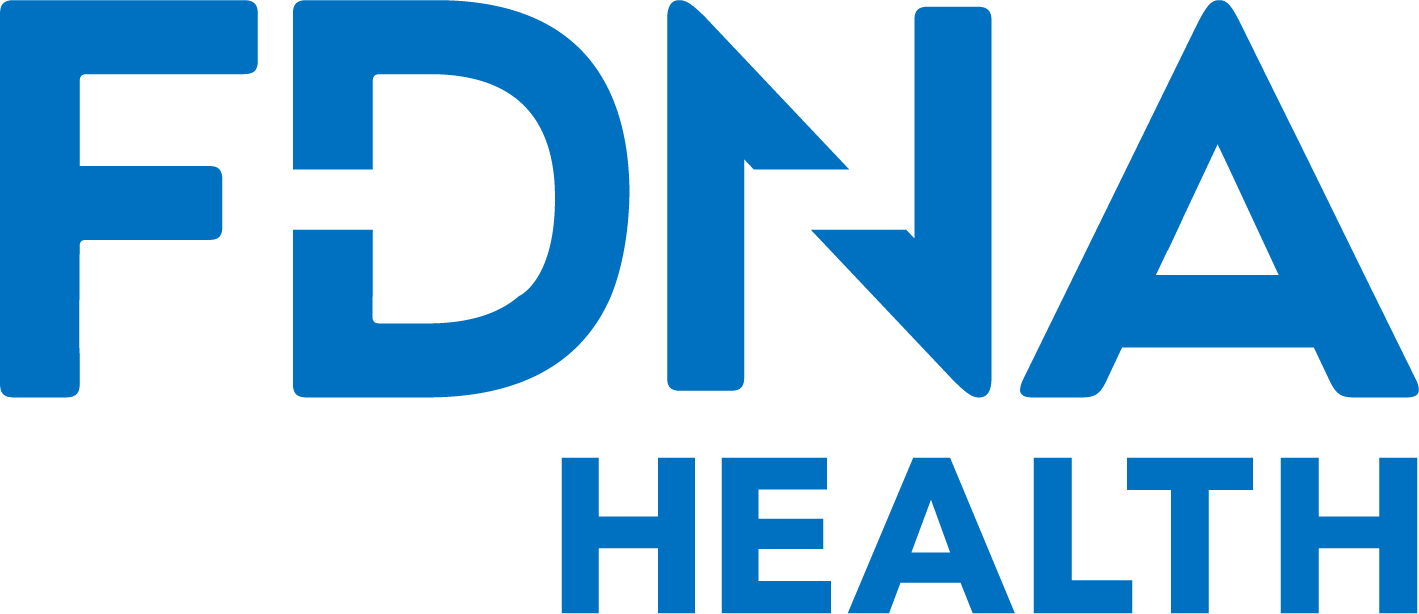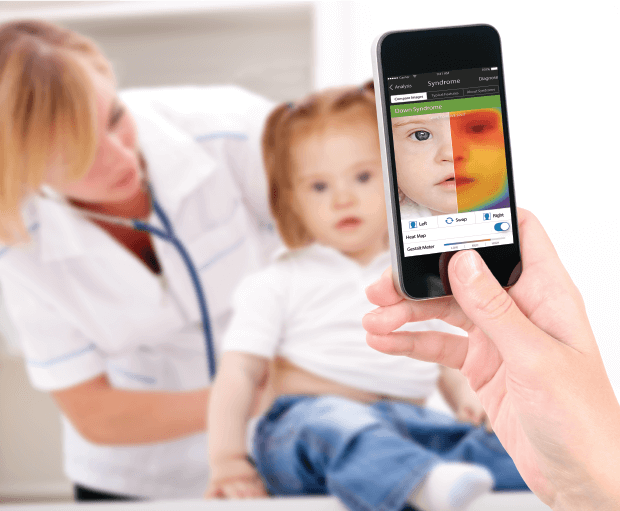What is a Genetic Analysis Platform?
The role of a genetic analysis platform is to help rare disease patients receive a more accurate diagnosis, faster.
Example
The FDNA Health genetic analysis platform is a proven solution for delivering more accurate and faster genetic diagnosis of rare diseases.
It combines advanced AI facial screening technology, with extensive genetic clinical experience, as well as a database of thousands of genetic syndrome markers, plus an extensive and global network of genetic experts.
It is able to walk patients through the entire genetic diagnosis process- from initial analysis, to diagnosis, in faster time without sacrificing on accuracy and expertise.

What are the benefits of an advanced genetic analysis platform?
Accessible Online
It is an advanced solution that can be accessed online. All potential patients have to do is to upload an image online, receive their genetic analysis report, and then book appointments with genetic counselors and other genetic experts online too. It delivers genetic analysis, and essential genetic consultations with genetic therapists, from the comfort of an individual’s or family’s home.
This creates a level of accessibility that just doesn’t exist with traditional genetic analysis and counseling options. The online access creates opportunities for individuals to connect with genetic experts from around the world, for more specialized genetic counseling and support.
By utilizing the connected world we all live in, genetic analysis platforms are able to remove obstacles to genetic analysis and counseling that have traditionally hindered access for many patients.
Improved Accuracy
Greater accuracy is one of its main benefits. With over 250,000 patients analyzed, a genetic analysis platform, like an advanced solution from FDNA Health, is able to identify with greater accuracy potential markers or indicators of a rare disease in an individual.
This greater accuracy also removes the need for a second or third opinion and is instrumental in reducing misdiagnosis rates amongst rare disease patients.
It also means that genetic counselors are able to better understand which specific genetic testing options are most relevant for individual patients. The more targeted the genetic testing, the more accurate the diagnosis will be.
With research still ongoing into many of the over 7,000 genetic syndromes currently identified, the link between a specific set of symptoms and a rare disease, is not always accurately identifiable by medical professionals. A genetic analysis platform or genetic analysis tool, however, is able to access the unique symptoms and features for all of these syndromes and make sense of them all.
Time Saving
Crucially also it saves time- the average waiting time for a genetic diagnosis is currently around 4-5 years- meaning rare disease patients get help and support faster. It saves time by directly connecting potential patients and their families to a genetic analysis platform that is currently used by 70% of the world’s geneticists across 2000 clinical settings, in over 130 different countries.
An advanced genetic analysis platform can connect rare disease patients to genetic experts in hours. This is a revolutionary step forward in improving and increasing access to vital analysis and care options.
Complete Solution
Usually in order to reach a diagnosis, patients have to undergo a series of different processes- genetic analysis, and genetic counseling- and connect with these services and professionals by themselves or with the help of their doctor. This can be a frustrating and time consuming process.
An advanced genetic analysis brings together all the parts of the genetic diagnosis journey, and all the professionals involved, in one place. This makes the entire diagnostic process much simpler and easier for people to navigate and access successfully.
How does a genetic analysis platform work?
An advanced genetic analysis platform works by bringing together advanced Next generation phenotyping technology, years of extensive genetic experience, and a database of thousands of genetic syndrome features and identifying markers.
Step 1
Securely upload a photo, and any other relevant information to the genetic analysis platform.
Step 2
A genetic expert will be in touch to schedule an online genetic consultation in order to start the genetic analysis process.
Step 3
The platform will then scan your photo to detect markers and features, that are then compared with thousands of known genetic syndromes and rare diseases.
Step 4
What will follow is another online genetic consultation in order to go over the initial genetic analysis report, and identify potential genetic tests that may be necessary in order to diagnose or rule out a genetic condition.
Genetic analysis platforms – improving patient care
Genetic analysis platforms are playing a significant role in improving patient care for individuals affected or potentially affected by a rare disease. They are doing so primarily by directly connecting patients and their families to genetic analysis tools and networks, that so far have only been accessible to clinicians.
They are providing important opportunities for patients to take control of their own care, and at the same time are providing valuable options for patients to choose from in terms of advancing their own diagnosis and genetic health. But at the same time they provide patients with direct access to the genetic specialists, who make an accurate diagnosis, and the crucial support to accompany a genetic diagnosis.
This is what makes for a truly comprehensive, accurate and advanced genetic analysis platform- it connects both the technology and the experts, for a comprehensive and more accurate solution that aims to improve genetic disease detection and accuracy rates, while also advancing awareness of what is genetic analysis, genetic syndromes and rare diseases at the same time.







